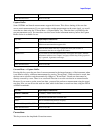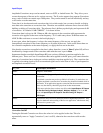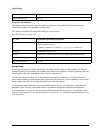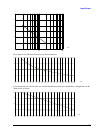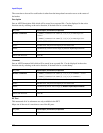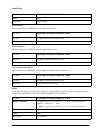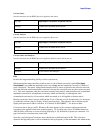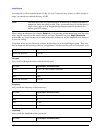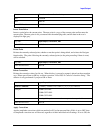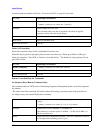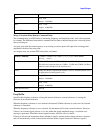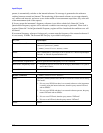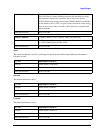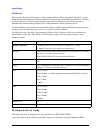
941
Input/Output
Correct Source
Sets the corrections for the RFIO2 port to be applied to the source.
Correct Analyzer
Sets the corrections for the RFIO2 port to be applied to the test set.
Correct Source and Analyzer
Sets the corrections for the RFIO2 port to be applied to both the source and the test set.
Edit
Invokes the integrated editing facility for this correction set.
When entering the menu, the editor window turns on, the selected correction is turned On, Apply
Corrections
is set to On, the amplitude scale is set to Log, and the Amplitude Correction (“Ampcor”)
trace is displayed. The actual, interpolated correction trace is shown in green for the selected correction.
Note that since the actual interpolated correction is shown, the correction trace may have some curvature
to it. This trace represents only the correction currently being edited, rather than the total, accumulated
amplitude correction for all amplitude corrections which are currently on, although the total,
accumulated correction for all corrections which are turned on is still applied to the data traces.
Because corrections data is always in dB, but the Y-axis of the test set is in absolute units, it is necessary
to establish a reference line for display of the Corrections data. The reference line is halfway up the
display and represents 0 dB of correction. It is labeled “0 dB CORREC”. It is drawn in blue.
Corrections data is always in dB. Whatever dB value appears in the correction table represents the
correction to be applied to that trace at that frequency. So if a table entry shows 30 dB that means we
ADD 30 dB to each trace to correct it before displaying it. By definition all points are connected. If a
gap is desired for corrections data, enter 0 dB.
Note that a well-designed Corrections array should start at 0 dB and end at 0 dB. This is because
whatever the high end point is will be extended to the top frequency of the instrument, and whatever the
Key Path: Input/Output, Corrections, Properties, RF Port
Example: :CORR:CSET:RF:PORT:RFIO2 SOUR
Readback: "Correct Source"
Key Path:
Input/Output, Corrections, Properties, RF Port
Example: :CORR:CSET:RF:PORT:RFIO2 ANAL
Readback: "Correct Analyzer"
Key Path:
Input/Output, Corrections, Properties, RF Port
Example: :CORR:CSET:RF:PORT:RFIO2 BOTH
Readback: "Correct Source and Analyzer"



